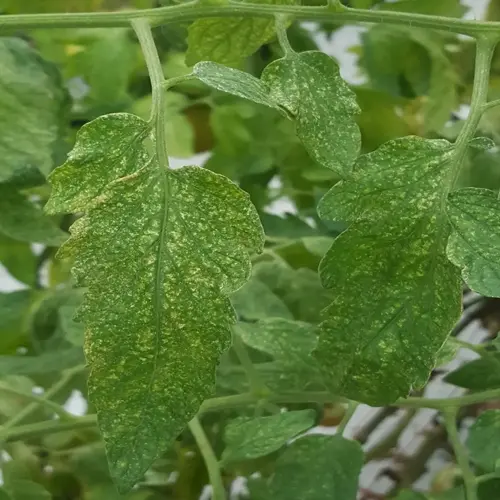How do I prevent rooftop leaks?

Written by
Liu Xiaohui
Reviewed by
Prof. Samuel Fitzgerald, Ph.D.The prevention of rooftop leaks begins with waterproof membranes installed beneath every planter. I recommend using sheets of EPDM rubber, or greater, or PVC, which will be root resistant. All seams should overlap a minimum of 6 inches (15 cm) and be sealed with adhesive tape specifically designed for this purpose. In this way, a continuous barrier is placed to prevent moisture from penetrating the roof deck underneath. Proper installation is essential for providing long-term protection against water damage.
Combine membranes with root barriers made of woven polypropylene fabric. These prevent invasive roots from penetrating the waterproof successive layers over time. Install directly above the membrane, extending 8" (20cm) past the planter edges. This dual-layer system has kept my clients' rooftops free of failures for over 10 years.
Surface Preparation
- Clean roof surface thoroughly removing debris
- Repair existing cracks with elastomeric sealant
- Ensure proper slope (minimum 2% grade) toward drains
Waterproofing Layers
- Install root barrier overlapping seams 6 inches (15cm)
- Apply self-adhesive membrane flashing at all penetrations
- Seal edges with liquid waterproofing compound
Drainage Solutions
- Place drainage mats above membrane with flow channels
- Connect drain pipes to roof outlets with protective collars
- Test drainage flow rate before adding soil
Use lightweight soils which have a maximum saturated weight of 25 lbs./sq ft. (122 kg/m²). Mix perlite and vermiculite into growing media to reduce load and increase drainage. This reduces structural tension that causes cracking. Avoid compacting heavy topsoils that hold onto excess water and cause them to swell against the membranes.
Create inspection routines for membrane punctures and drainage function. Inspect seams regularly, especially after freeze-thaw cycles. Use moisture meters to locate hidden leaks that may indicate a problem. Have a professional assess your system every 2 years to ensure it is in good condition. This will help prevent small leaks from developing into major repairs.
These principles create gardens that protect the buildings while creating green areas. Correct waterproofing will add years to the roof's lifespan. You will also have the assurance of knowing that your gardens will not be damaged by heavy rain. The initial cost of the roof garden will prevent significant expenditure on repairs, making it a sustainable investment.
Read the full article: 10 Transformative Terrace Garden Ideas

